A puppy who followed a good prepper dog training will be useful in the event of a bug-out. Indeed, a pet can be a handicap for the survivalist, betray its presence, or simply end up in the cooking pot of a hunter. Who has a dog, knows that the bond that unites us with our animal is often deep and complex. When he is in contact with balanced people, the dog fits naturally with its human host family, whose members call him by his name and not by his distinctive animal condition. For us, it’s so important that our companion goes through prepper dog training.
Here are a few tips to train your dog:
Language:
The understanding between the human and the dog is the responsibility of the masters. Be aware that dogs possess a form of communication. To help them learn the human language, it’s essential that the master knows correctly how to interpret a dog communicating system. The dog language is reduced to the essential and is not complex. However, it is clear that the misunderstanding between a master and his dog is quite common: a dog that shows teeth is not necessarily aggressive or belligerent. A dog that wags the tail is not necessarily “just glad” depending on the size and the height of the movement, as well as the postures of the body and the head. To connect, the dog implements the conjugation of several things:
- Sound meaning: barks, growls, moans, groans, squeaks, screams. Note that you must take into account the cycles and the intensity of the sounds, if he barks only once, the message is sometimes different than if he barks three times.
- Silent barks: nervousness, disappointment, frustration, and impatience.
- Yawn: often pushing a little cry, it’s the opposite of the silent bark.
- Face expressions: lips curled back and exposed teeth, no aggression if the ears are not tacked back and the tail is in a low position (low doesn’t necessarily mean between the legs).
- Ears: position and movements.
- The snout: a dog doesn’t “Finger point”, the “Shows the muzzle.”
- Tail: height, movement, and range of motion.
- Posture: participates with the rest to the dog language.
All these means and signals forms a language whose suggestion (these are not words) is based on the interaction of each of these elements. The human vocabulary assimilated by the dog is an average of 150 to 300 words according to the dogs. However, they can understand several languages simultaneously or several words (word, sound, intonation) having the same meaning.
Dog language being more related to the body and the sound, they have a predisposition to sign languages. The dog that I raised has learned many words associated with gestures and signs. I noticed that he can react faster when I’m making him a sign silently than when I give a verbal order. Not that he doesn’t listen to the verbal order, but when I address him by silent signs, he chastens. If I say “lying” he folds, but if I give her the “lying signs” it spreads in position to bed before even touching the ground!
History of the human and the dog:
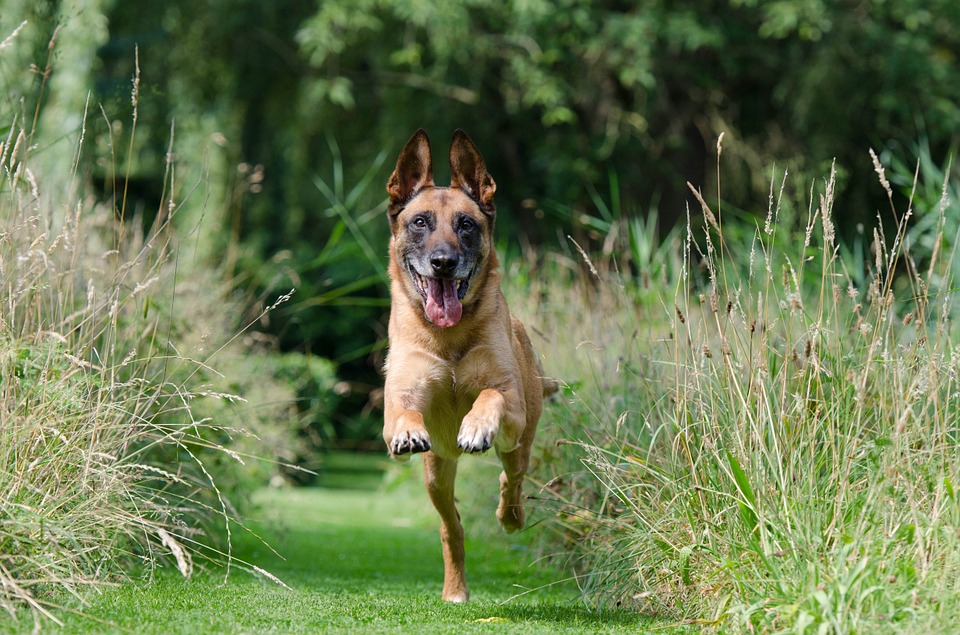
I started teaching my canine and setting the rules for its prepper dog training, and I used canine communication to be understood by my dog. So, I educated myself first, because dogs communicate very well, but in another form of communication that the one we know.
They do not use verbs, but communicate through various means: postures, movements of the ears and tail, different barks depending on the message they want to send, and these are not some nervous reflex movements or automation, but a form of primitive communication that includes all the necessary keys to the understanding of individuals within the same pack, in order to ensure the survival of the group, to distribute the tasks and organize hunting.
It is certainly one of the reasons that make humans breed dogs for so long. We as humans are placing food and comfort, and the dog fills their contract by helping us to hunt and mount the guard. They would sacrifice themselves to protect us from harmful threats.
Initially, there were only wolves. Then, following the natural evolution of Canids such as foxes, jackals, and others, along with the miracles of nature, the human quickly began to domesticate primitive canids. The domestication of the fewer wilds of them and opportunistic adoption of cubs by humans gave generations of canids obtained by selection criteria, and over time to the breeds of domestic dogs (many of which are very recent).
However, some of these selection criteria for crossings between wolves went against the nature of this discreet and wild canid world. For example, one can imagine that the first men wanted barker dogs able to guard the entrance of a cave, however, the wolf practically stops barking when he becomes an adult. But an exceptionally adult barker wolf crossed with a Wolf as talkative will give barkers and talkative cubs.
The beginnings of the genetic selection of Canids by humans probably began this way, or very similarly. The wolf barks very little or not at all because its hunting and survival modes are based on stealth. But it’s able to communicate through a large distance in total silence by pointing a direction with its muzzle, and transmitting the information or instructions by a body language immediately understood by the other members of the pack.
The domestic dog, as he frequent humans, became accustomed to a mode of interspecies communication. He is still very sensitive to the way of silent communication as said before. Here is probably one of the oldest instincts that dogs and wolves have in common. A form of discreet communication that is essential for hunting and the survival of the group. The prepper dog training will help your pet to be able to use its full instinctive capacities to help you in your journey.
Choosing a dog:
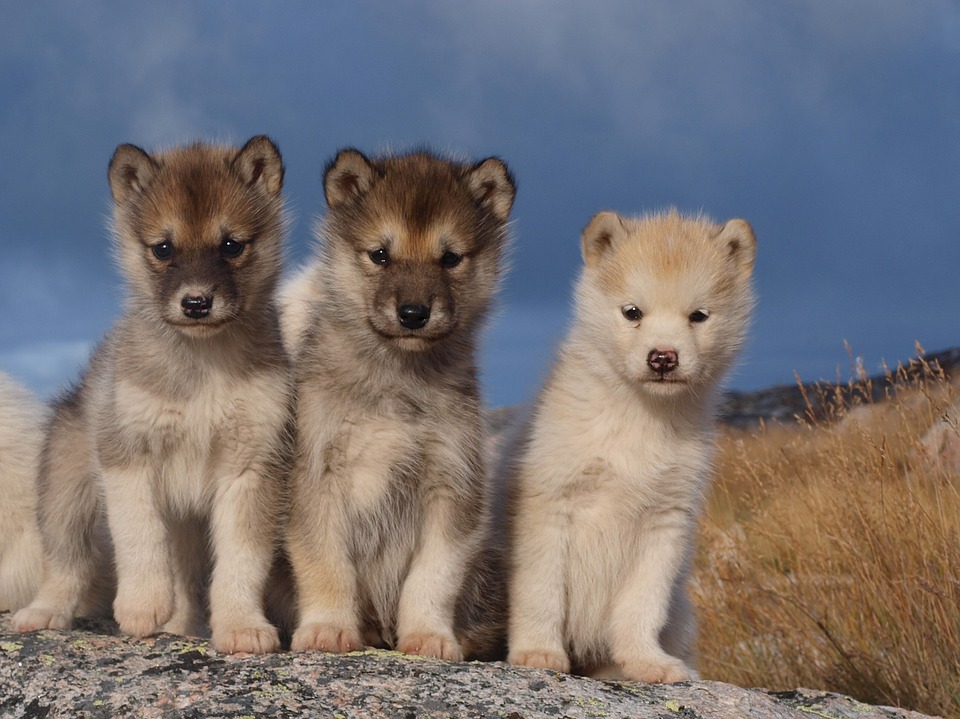
You should choose your dog based on what you want from him. What will this future family member bring in terms of social relationships and quality of life? There are several factors to take into account:
- The breed or type of dog: the advantage of the choice of a dog breed is that we know in advance its key character traits. But 100% purebred dogs sometimes suffer from genetic defects causing them troubles of health when they become old. The cross often gives excellent dogs, combining the qualities of different races. The bastards are robust and are almost always a good choice, especially if we know their ascendants.
- Internal social trends are it dominant or submissive, not to be confused with cowardice submission. Similarly, nothing prevents that a submissive dog is naughty or nice, fearful or curious. A submissive dog recognizes his lower place in the pack. He is therefore very dog-friendly and forgiving of the mistakes of the master. The dominant dog is demanding, don’t take it easy if you want to get something from him. Firstly, he must adopt you as chief and recognize your authority. The dominant dog is always more aggressive and enterprising than the subject. As the alpha is very enterprising, he needs a master with experience of dogs to avoid the risk that the dominant doesn’t consider the master as inferior in rank.
- Male or female sex: males are more runaways than females, personally I don’t think that this is a generality. In terms of social relations and work with the human, none is better or worse than the other.
What should we teach for prepper dog training:
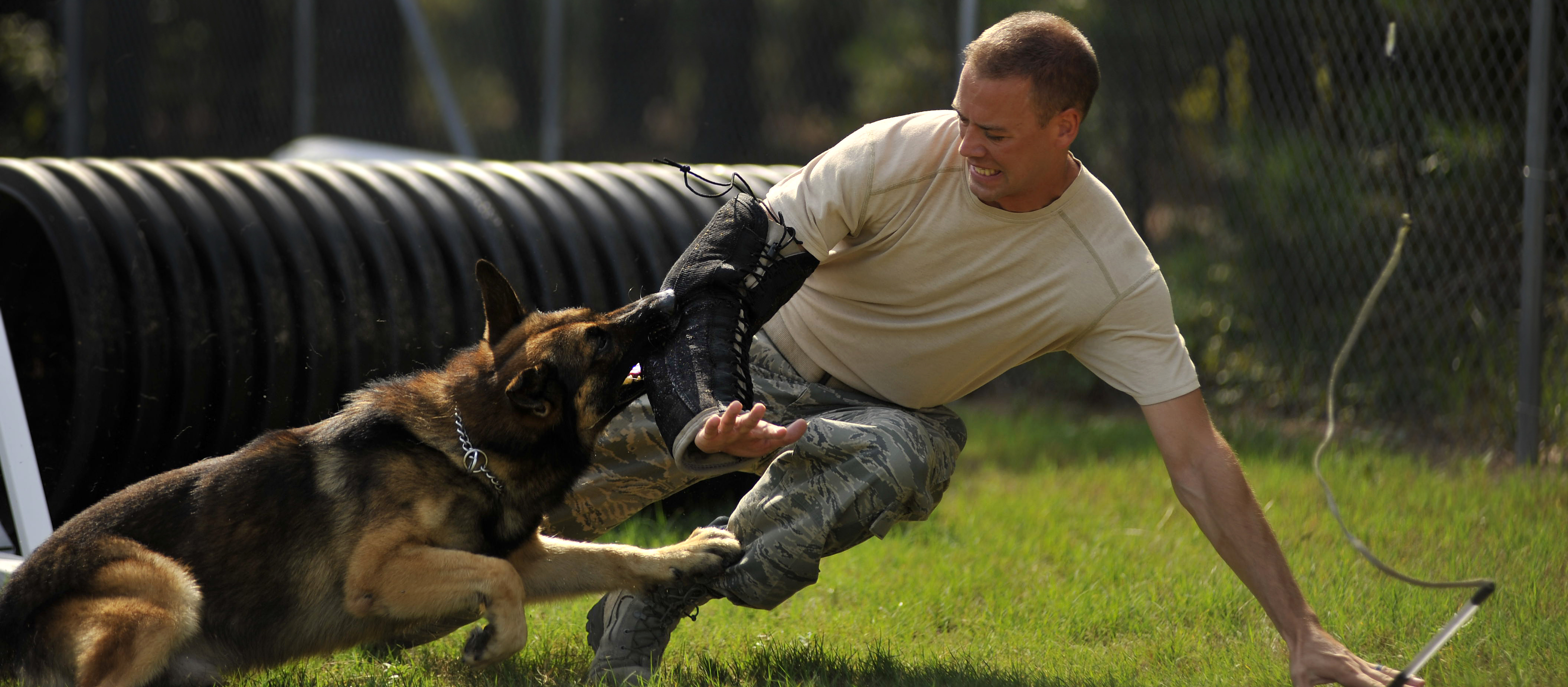
For a complete prepper dog training, you should teach your dog the following skills:
- The understanding of orders given by silent gestures.
- The basic vocabulary words, and the signs and gestures we choose to assimilate to it.
- The discretion.
- The silence in order.
- To refuse food from a stranger.
- To eat his bowl on the signal of a human family member.
- Always flee if he is alone in the face of an aggressor or a stranger. Teach him to go find his master or his family.
- In a defensive position of one or more members of the family, the dog must respond to an aggressor by blocking his arm. If the attacker falls to the ground, the dog must release his bite and stand out of reach while preventing the attacker to recover. In this case, if the perpetrator still pulls out a gun or tries to run away, the dog must still bite his arm until he stops his threatening action, and stand out of reach again. Remember that defensive skills are one of the main points of complete prepper dog training.
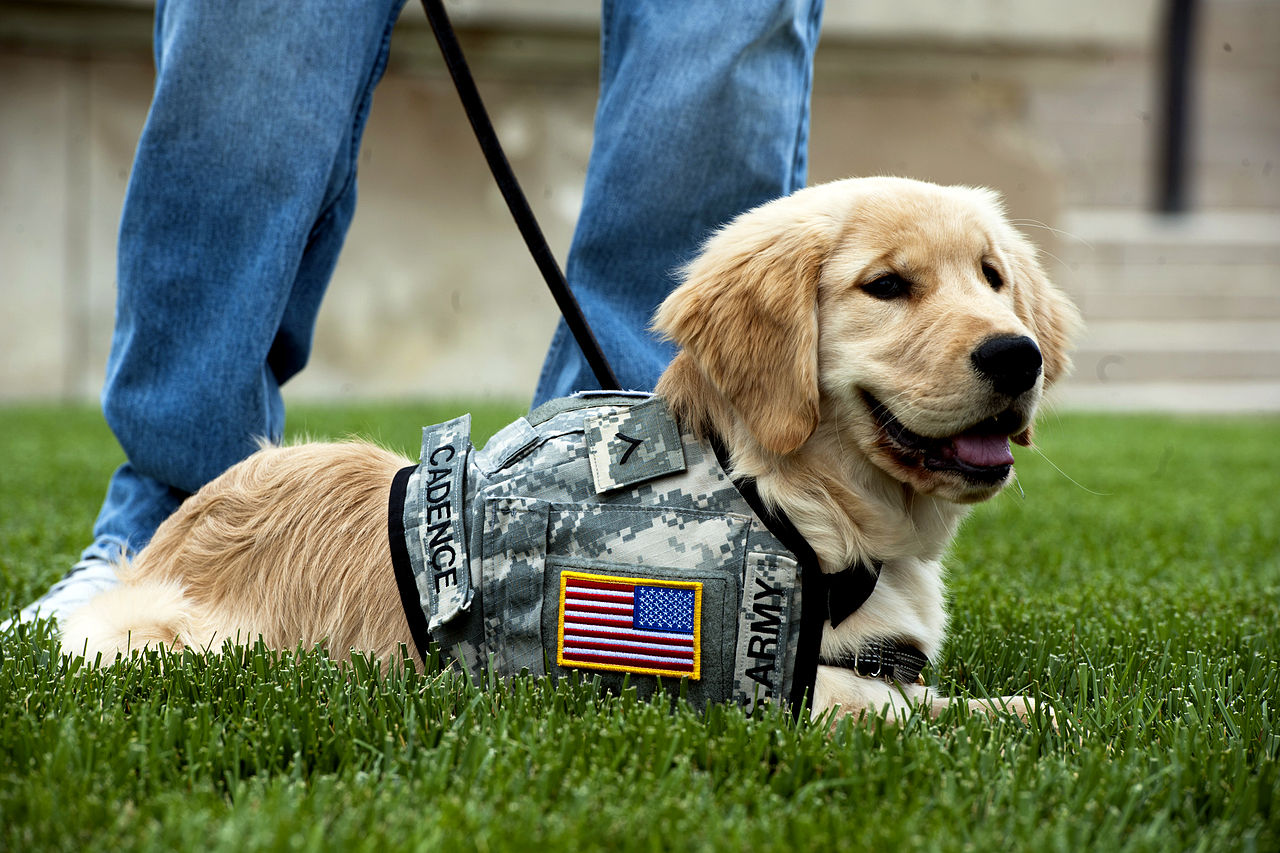
In this kind of exercise, dogs are very excited. They will express difficulties to not grumble and scold as they express their intentions towards the aggressor. In this kind of situations, let them grunt. On the other hand, the response to an aggressor must be spontaneous, silent and fast. It’s a difficult lesson because we ask the dog to go against his instinct. Following his nature, a dog usually puts the perpetrator in custody before fighting back.
- Development of physical ability and obedience of exercise (by playing games)
- Development of crossing skills, swimming, jumping. Be careful never to do jump exercises on a hard floor like tile or concrete.
- Stains work: guarding, hunting (track, search, report)
- Specific tasks: features, towing of loads, towing of humans, human guidance
Transport by dogs:
Our dog companion should not be a constraint or a useless mouth. It would be a shame because dogs love to make themselves useful. Do not hesitate to resort to using your pet to accomplish certain tasks. Implement the prepper dog training in his routine. In general, dogs love to participate in physical work and gives the best of themselves.
Activities trait are among the tasks that the dog usually do with great pleasure. The hitch in sleds, ski-joring, and especially the Bike-Joring are good to try.
The bike-joring:
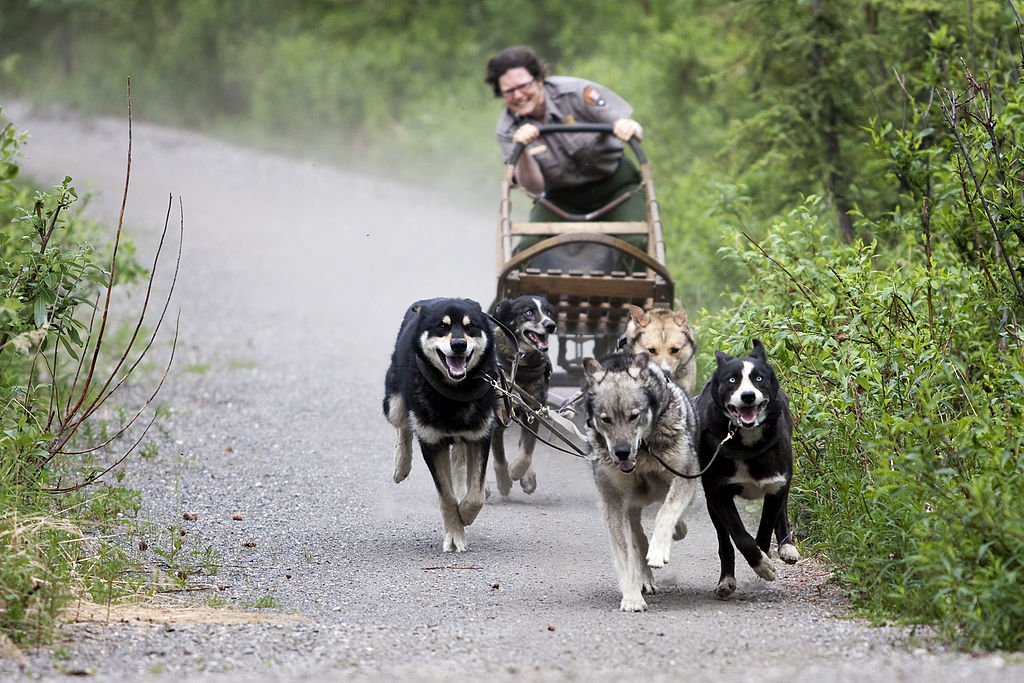
Quick and silent, it’s the act of being towed in mountain-bike by a dog. The idea is nothing revolutionary, but technology has evolved. Today the cani-vtt is efficient and very pleasant for the dog and his master.
An ATV that is pulled by a dog cover 5 miles in less than 25 minutes. It can shoot down 13 miles at an impressive speed!
In order to make the ATV controllable, you must attach an 80-inch lanyard on the frame to the steering column. The lanyard should then pass at the end of a shift of 28 inches long, flexible and fixed to the steering column and directly above the front wheel in order to move the point-taken from the loin in front. This will make the traction much more comfortable both for the dog and the pilot!
The lanyard should be slightly stretched for more comfort, remember that your dog should not suffer from your activities. The harness of the dog must be of the X-back type or H-back to avoid any injury or irritation on the difficult or longer courses.
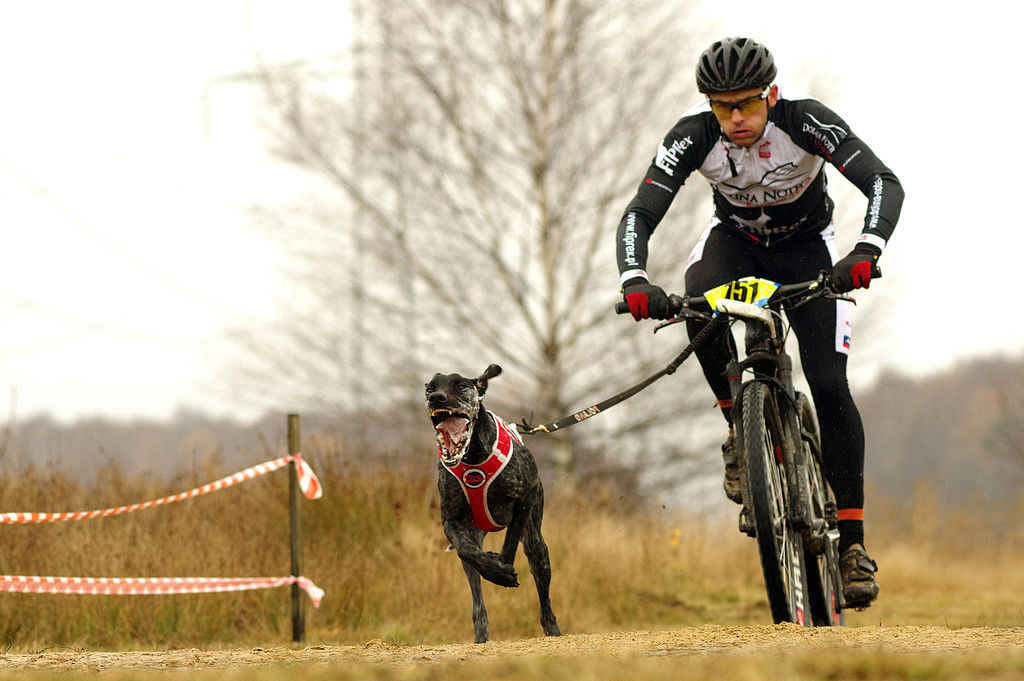
Some dogs like to shoot loads and others less. It’s the duty of the master to make sure to give a job to the dog based on its skills and abilities. Follow these steps and your prepper dog training will show the results you expected.
When the master is the legitimate recognized pack leader, the dogs are happy. Treat them well and they will be one of the best companions you rubbed shoulders with.






